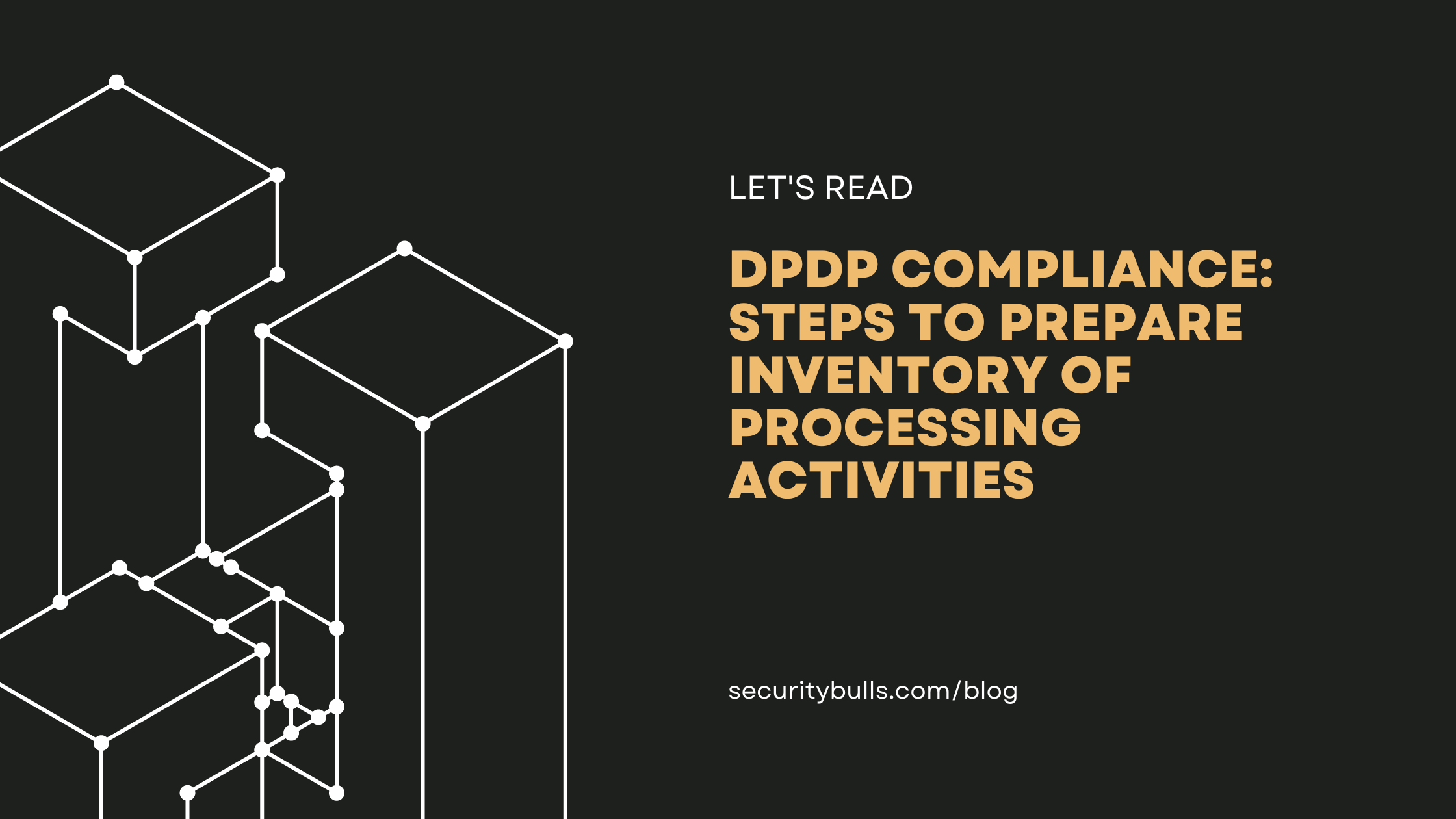Information security is a critical aspect of any organization, as it protects sensitive data and assets from potential cyber threats. However, even the most robust security systems can be compromised if there is a weak link in the chain. In this blog, we will explore what the weakest link in an organization’s information security chain is and how to identify and address it.
The weakest link in an organization’s information security chain is often the human element. Employees, contractors, and other insiders can inadvertently or intentionally put the organization at risk by falling for phishing scams, sharing sensitive information, or neglecting to follow security protocols. This is known as Social engineering, where hackers use psychological manipulation tactics to trick individuals into divulging sensitive information.
Another weak link in an organization’s information security chain is outdated or unpatched software. Outdated software may have known vulnerabilities that can be exploited by cybercriminals, while unpatched software can be easily exploited by attackers. This can make the organization’s systems and data vulnerable to cyber-attacks.
Thirdly, lack of security awareness and training among employees can also be a weak link in an organization’s information security chain. Employees who are not properly trained in security protocols and best practices may inadvertently put the organization at risk by not following security procedures or by falling for phishing scams.
To identify and address the weakest link in an organization’s information security chain, it is essential to conduct regular security assessments and audits. These assessments can help identify vulnerabilities in the organization’s security systems and help to identify potential weak links.
Additionally, organizations should implement a comprehensive security awareness and training program for employees. This program should provide employees with the knowledge and skills they need to identify and avoid potential security threats and to follow security protocols and best practices.
Finally, organizations should regularly update and patch their software to ensure that they are protected against known vulnerabilities. This is especially important for critical systems and applications that handle sensitive information.
All organizations, regardless of size, need to be aware of potential weak links in their information security chain that can put the entire organization at risk. Human beings are most often the weakest link and social engineering attacks can have devastating consequences. Updating and patching software regularly and providing employees with security awareness training can help protect an organization from these malicious due. Additionally, organizations should adopt a Zero Trust mentality towards cybersecurity where nothing is assumed to be safe or secure by default. At Securitybulls, we provide expert guidance and advice in order to identify potential weaknesses and thwart social engineering attacks before they happen. Contact us today to find out how our unique cyber-security solutions can help bolster your organization’s defenses against even the most sophisticated cyber threats.





